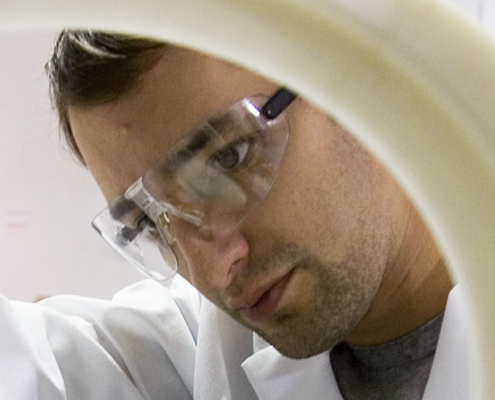Product Development Insights
Stay up-to-date with the latest trends, insights, and innovations in product development, prototyping, and manufacturing at the Inventionland Factory blog. Explore expert advice, case studies, and industry news to help bring your ideas to life. Whether you’re an inventor, entrepreneur, or business owner, our blog offers valuable content to guide you through every step of the product creation journey.




